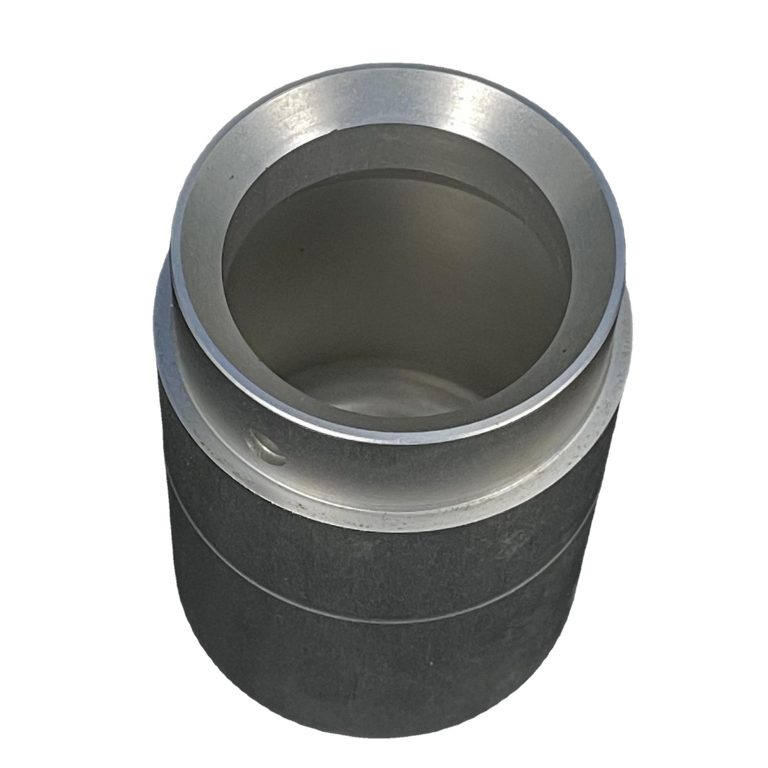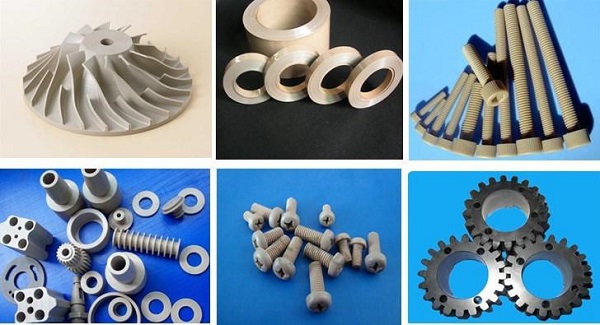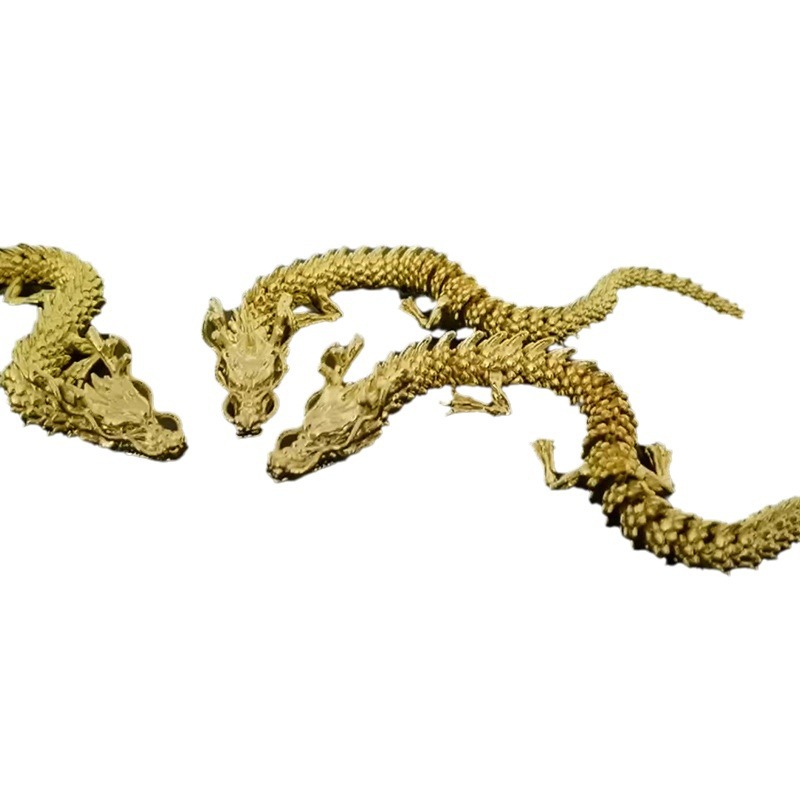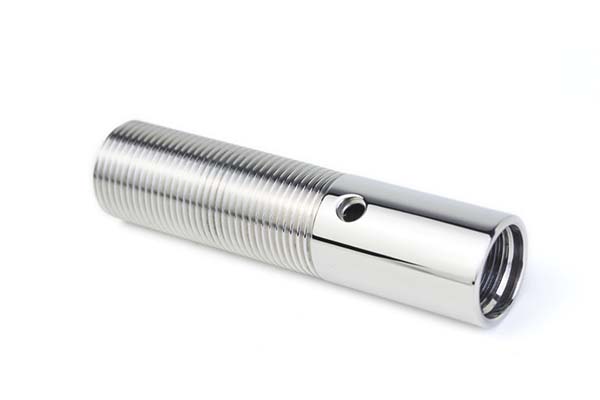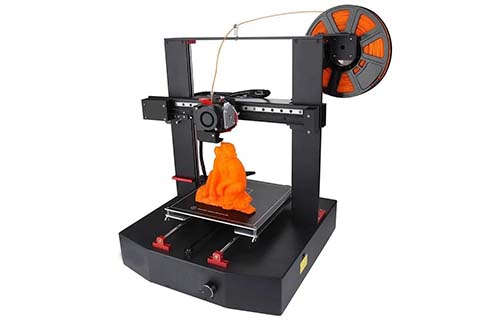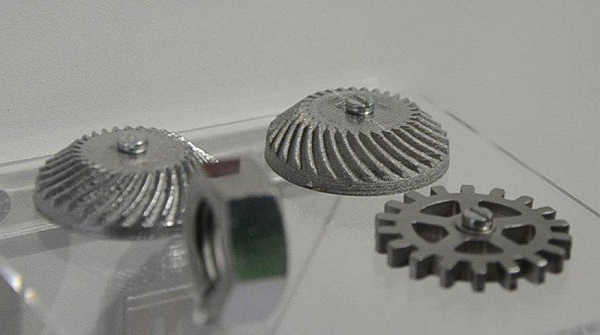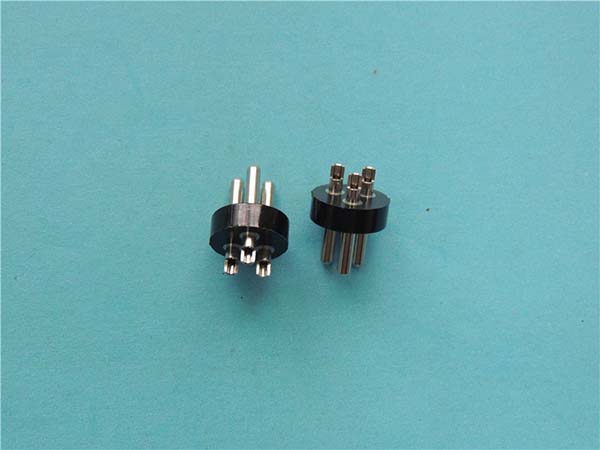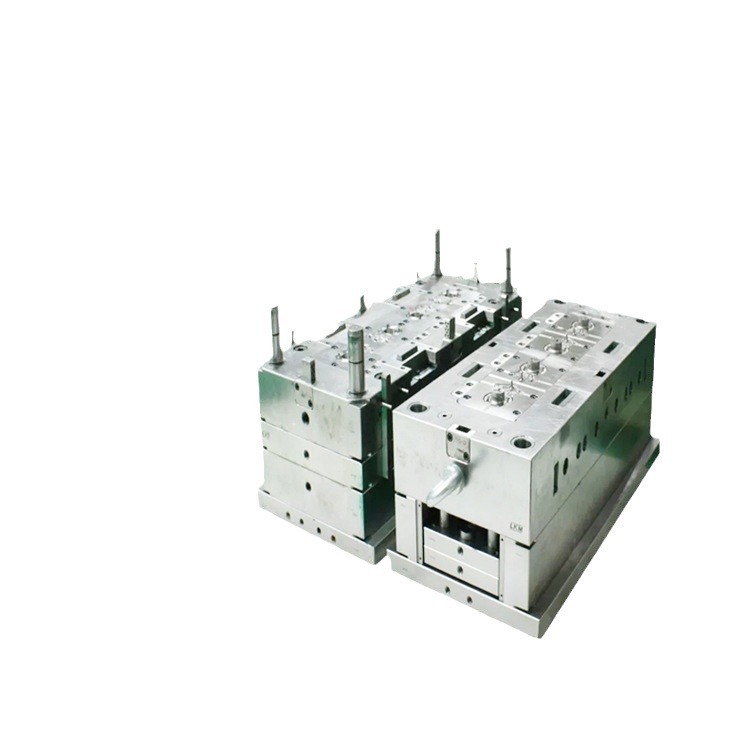Introduction to Metal 3D Printing
Definition and Overview
Metal 3D printing, also known as metal additive manufacturing, involves creating three-dimensional metal objects by depositing material layer by layer from a digital design. Unlike traditional manufacturing methods that subtract material from a solid block, metal 3D printing adds material, which allows for the creation of highly complex and customized geometries. This technology is rapidly transforming various industries such as aerospace, automotive, and medical fields, offering advantages like reduced waste, faster production, and the ability to produce parts with unique properties.
Advantages of Metal 3D Printing
Metal 3D printing provides several key advantages:
- Complex Geometries: Unlike traditional manufacturing methods, which are limited by tooling constraints, metal 3D printing can produce intricate geometries and internal structures.
- Material Efficiency: It uses only the material needed to form the part, minimizing waste.
- Faster Production: It eliminates the need for molds and tooling, reducing lead times and speeding up the prototyping process.
- Customization: Custom, patient-specific, or low-volume production runs are made more cost-effective, ideal for industries like healthcare and aerospace.
- Tooling and Molds: Traditional molds or tooling are not required, leading to significant cost savings in the production of unique or low-volume parts.
Types of Metal 3D Printing Technologies
There are several distinct types of metal 3D printing technologies, each with unique characteristics, advantages, and applications.
1. Selective Laser Sintering (SLS)
Process Description
Selective Laser Sintering (SLS) involves using a high-powered laser to sinter (fuse) metal powders together. In this process, a thin layer of metal powder is spread across a build platform, and the laser selectively melts the powder particles, binding them together at specific points. This process is repeated layer by layer until the final part is fully formed.
Applications
SLS is commonly used in industries that require high-strength, complex parts. Typical applications include:
- Aerospace components (lightweight, high-strength parts)
- Automotive parts (engine components, suspension systems)
- Medical implants (customized implants for patient-specific needs)
2. Electron Beam Melting (EBM)
Process Description
Electron Beam Melting (EBM) uses a focused electron beam instead of a laser to melt metal powders in a high vacuum. The process begins by spreading a thin layer of metal powder across a build platform, which is then scanned by the electron beam, selectively melting the material. The process repeats layer by layer to build the entire part. EBM is especially effective for materials that are difficult to process with lasers, such as high-performance alloys.
Applications
EBM is particularly used in industries that require high-performance metal parts. Applications include:
- Aerospace (turbo-machinery components like turbine blades)
- Medical (implantable devices such as orthopedic and dental implants)
- High-temperature resistant alloys (titanium and its alloys)
3. Direct Metal Laser Sintering (DMLS)
Process Description
Direct Metal Laser Sintering (DMLS) is similar to SLS but uses a laser to fully melt the metal powder, rather than just sintering it. This results in parts with higher density and strength. The laser fuses the metal powder together, layer by layer, to form the final part.
Applications
DMLS is widely used for high-precision manufacturing and can produce parts with excellent mechanical properties. It’s used for:
- Aerospace (high-strength parts like engine components and structural elements)
- Automotive (functional end-use parts like engine blocks, pistons)
- Medical (custom implants and prosthetics)
4. Binder Jetting
Process Description
Binder Jetting is a unique metal 3D printing technology that uses a liquid binding agent to bond metal powders. A thin layer of metal powder is spread across the build platform, and a print head applies the binder to specific regions. The binder solidifies the powder in those areas. After each layer is printed, the part is heated (but not melted) to harden the binder. Once the part is complete, it’s sintered or melted to achieve full density and strength.
Applications
Binder Jetting is typically used for rapid prototyping and low-volume production. It is ideal for parts that do not require the same mechanical strength as those made through other metal printing processes. Common applications include:
- Jewelry manufacturing (complex, intricate designs)
- Dental and small-scale medical parts
- Low-volume automotive and industrial components
5. Directed Energy Deposition (DED)
Process Description
Directed Energy Deposition (DED) involves using a focused energy source, such as a laser or electron beam, to melt metal powder or wire as it is deposited. The material is continuously added to the workpiece, building it up layer by layer in real-time. DED is particularly effective for repairing and enhancing existing parts, allowing for the creation of large, complex structures.
Applications
DED is often used for large-scale additive manufacturing and repairs in industries like aerospace and defense. Typical applications include:
- Aerospace (repairing turbine blades and other critical components)
- Automotive (large metal components, such as custom parts or tooling)
- Defense (production of complex, durable parts for military applications)
Comparison of Metal 3D Printing Technologies
Strengths and Weaknesses
Each of the metal 3D printing technologies has its unique set of strengths and weaknesses, making them suitable for different applications:
- SLS:
- Strengths: High precision, complex geometries, material variety.
- Weaknesses: Limited by part size and surface finish quality.
- EBM:
- Strengths: Ideal for refractory metals (e.g., titanium alloys), high density, good material properties.
- Weaknesses: Requires high vacuum environments, slow build speeds.
- DMLS:
- Strengths: Strong, high-density parts with excellent precision.
- Weaknesses: Higher operational costs, longer print times.
- Binder Jetting:
- Strengths: Cost-effective, fast for prototyping, suitable for low-volume production.
- Weaknesses: Requires sintering to reach full density, weaker parts.
- DED:
- Strengths: Ideal for large-scale manufacturing, repairs, minimal post-processing.
- Weaknesses: Requires more complex equipment, high initial investment.
Cost and Efficiency Analysis
- SLS and DMLS generally have higher operational costs due to the expensive lasers and metal powders involved. However, they offer high precision and mechanical properties, making them ideal for demanding applications.
- EBM and DED can be more cost-effective for large-scale production and repairs, though their initial setup costs are often higher.
- Binder Jetting is the most cost-effective for rapid prototyping and low-volume production due to its relatively simple and inexpensive equipment, but parts often require additional sintering or melting steps to achieve full density.
Applications of Metal 3D Printing
Aerospace Industry
In aerospace, metal 3D printing enables the production of complex, lightweight, high-strength components. The ability to print intricate geometries helps reduce weight, leading to better fuel efficiency and performance. Common aerospace applications include:
- Engine components: Lightweight turbine blades and nozzles.
- Structural parts: Complex, reduced-weight airframe parts.
- Tooling: Custom jigs, fixtures, and tools used in assembly and inspection.
Automotive Industry
The automotive industry benefits from metal 3D printing in several ways:
- Rapid prototyping: Allows manufacturers to quickly test new designs.
- Customization: Personalized parts, such as custom exhausts or engine components.
- Lightweighting: Printing lightweight yet durable parts to improve performance and fuel efficiency.
Medical Industry
Metal 3D printing is particularly beneficial in the medical field due to its ability to produce customized implants and prosthetics that match a patient's unique anatomy. Common medical applications include:
- Implants: Custom orthopedic implants, dental implants, and spinal implants.
- Prosthetics: Personalized prosthetics tailored to individual patients.
- Surgical instruments: Custom tools designed for specific procedures.
FAQs
- What is the main difference between Selective Laser Sintering (SLS) and Direct Metal Laser Sintering (DMLS)?
- SLS uses a laser to sinter the metal powder, whereas DMLS uses a laser to fully melt the metal powder, resulting in stronger parts.
- Which metal 3D printing technology is best for producing large-scale parts?
- Directed Energy Deposition (DED) is ideal for large-scale manufacturing and repair applications due to its ability to build parts in real-time.
- How does Electron Beam Melting (EBM) differ from other metal 3D printing technologies?
- EBM uses an electron beam instead of a laser to melt metal powders in a high vacuum, which is particularly effective for refractory metals like titanium alloys.
- What are the common applications of metal 3D printing in the aerospace industry?
- Common applications include producing lightweight, high-strength components like engine parts, turbine blades, and structural frames.
- Why is Binder Jetting considered cost-effective for rapid prototyping?
- Binder Jetting is cost-effective because it uses less expensive equipment and materials compared to other metal 3D printing technologies, making it suitable for fast and affordable production of prototypes and low-volume parts.
